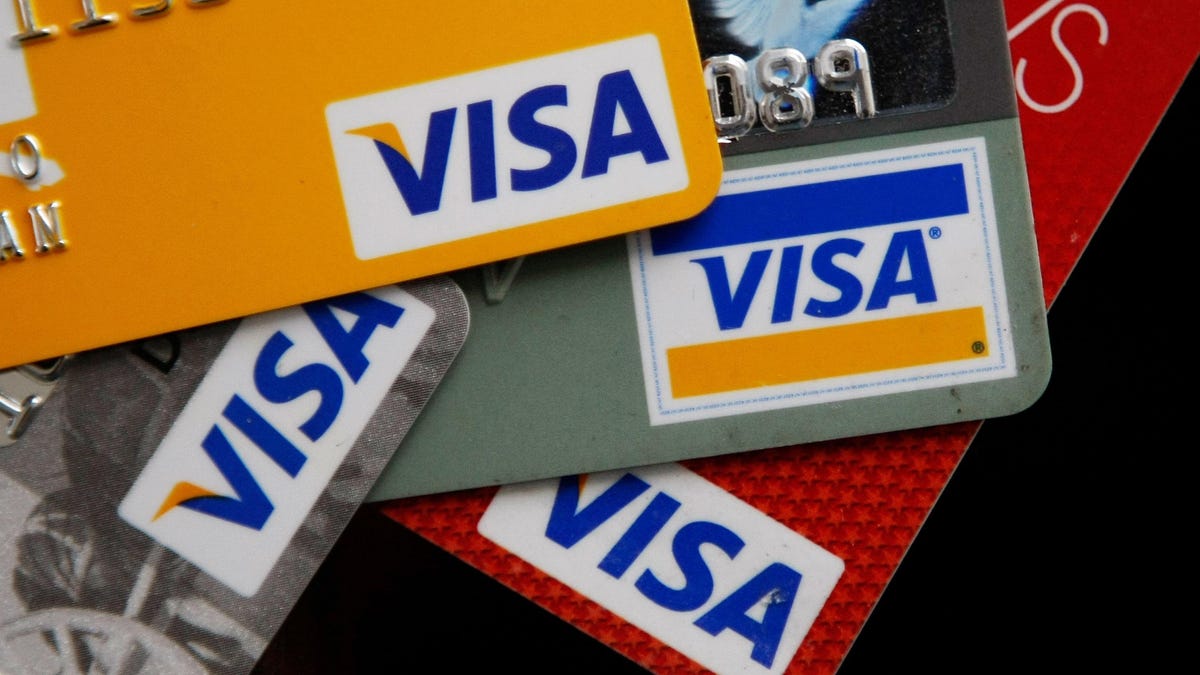Topline
As Americans load up on debt in the face of high interest rates, credit card giant Capital One is cautioning the bank’s profits will likely take a hit in the coming months as growing delinquencies start translating into expected losses—echoing warning signs that mounted before the Great Recession.
Key Facts
In a post-earnings conference call Thursday evening, Capital One CEO Richard Fairbank pointed out the delinquency rate for customers at least 30 days late on payment rose 134 basis points from one year earlier to 3.66%—reaching the highest level since March 2019.
The chief said charge-offs, meaning the rate at which banks take on losses for debt they no longer believe will be paid off, haven’t yet caught up to delinquencies, but he acknowledged it’s likely they will also return to 2019 levels around the middle of the year—lagging a quarter or two behind the industry, as happened during the pandemic and global financial crisis.
Though he “feels very good about the business,” Fairbank attributed part of the projections to expectations that the labor market will face a “material worsening,” with the unemployment rate rising from “today’s very low levels” of 3.5% to above 5% by the end of the year—suggesting some 2.5 million people could lose jobs.
The warning came after Capital One reported first-quarter earnings of $887 million, or $2.31 per share—falling well short of average analysts expectations calling for income of $3.90 per share.
Much of the hit was due to a staggering increase in net charge-offs, which climbed to $1.7 billion in the quarter from $845 million one year earlier—reflecting uncertainty in domestic credit and the commercial real estate market.
Capital One shares fell nearly 2% on Friday and are up about 1.5% this year, compared to a 8% gain for the S&P 500.
Key Background
Consumer credit hit a record high above $4.8 trillion in February, tacking on to a growing debt load that’s accelerated over the past year. “There are nascent signs of trouble brewing” in credit delinquencies, Glenmede’s Jason Pride and Michael Reynolds warned in a research note this month, adding: “An ever-larger share of credit balances have transitioned to early stages of delinquency, consistent with past periods of recession.” Making matters worse, the percentage of banks reporting an increased willingness to make consumer installment loans fell to -12.5% in the first quarter—the lowest figure since the depths of the pandemic, the analysts note.
Surprising Fact
The delinquency rate on credit card loans ticked up to 2.25% at the end of last year from a multi-decade low of less than 1.6% during the pandemic. During the Great Recession, delinquency rates peaked at nearly 7%.
Big Number
$5,910. That’s how much the average American held in credit card debt at the end of last year, according to data firm Experian. That was up more than 13% from 2021.
Americans Racked Up Record Consumer Debt In February (Forbes)
Read the full article here


